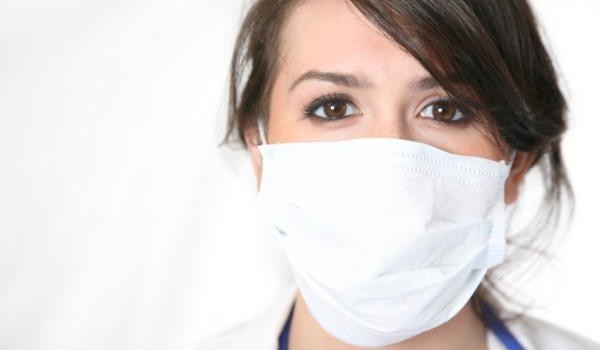Some Facts About Infectious Diseases
Infectious diseases are illnesses that are caused by disease causing microorganisms including parasites, fungi, bacteria and viruses. Most of them make colonies on and inside the body. Most of them are harmless and some are even harmful but under certain circumstances, they can cause disease.
There are some kinds of disease that can be transmitted from one person to another. There are those however that are transmitted through insect and animal bites. Others are passed on through food and water that is contaminated or that has been exposed to germ causing microorganisms in the environment.
Different infectious diseases have different symptoms. However, chills and fever are common in almost all of them. If symptoms are mild, they can be resolved with simple home therapies like chicken soup and taking adequate rest. The symptoms may however be serious and even life threatening.
In this case, patients need to get medical treatment where they may be treated with intravenous antibiotics. Symptoms that may be serious enough to require medical attention include a continue feeling of fatigue, aching muscles, high fever and loss of appetite and vomiting which can cause dehydration.
There are occurrences that should send you straight to the doctor even before any symptoms are seen. These are being bitten by a dog or any other animal, breathing that is labored and a cough that lasts for more than a week. Medical attention should also be sought without delay if one has a severe headache accompanied with fever or seizures that come with a fever, skin rash or swelling or a fever that does not break for several days.
Infectious diseases can be caused by different kinds of microorganisms. These include bacteria, viruses, fungi and parasites. Bacteria are one-celled organisms that causes illnesses like tuberculosis, urinary tract infections and strep throat. Viruses are even smaller and they cause diseases ranging from the common cold to HIV and AIDS.
Many skin infections such as athletes foot and ringworm are caused by fungi. Fungi can also cause lung infections and can infect the nervous system. Malaria is caused by a minute parasite which is transmitted via mosquito bites. Parasites can also be passed on to people through animal waste.
If one is found to be infected, they can be treated with antibiotics or antivirals. Antifungals and antiparasitics may also be used. This may be administered topically as creams, lotions and powders, intravenously as injections or orally as pills, tablets, syrups or suspensions especially for children.
A lot of these diseases can be prevented through vaccines. Examples include chickenpox and measles. Hygiene measures such as washing hands is also very helpful in ensuring that the infections do not occur in the first place. Other preventative measures that can be taken to guard against infectious diseases are getting vaccinated especially for infants and children, preparing food hygienically and not sharing personal items. Those who are sexually active should practice safe sex. One should also stay indoors and not mix with others by traveling or going to work when infected.







